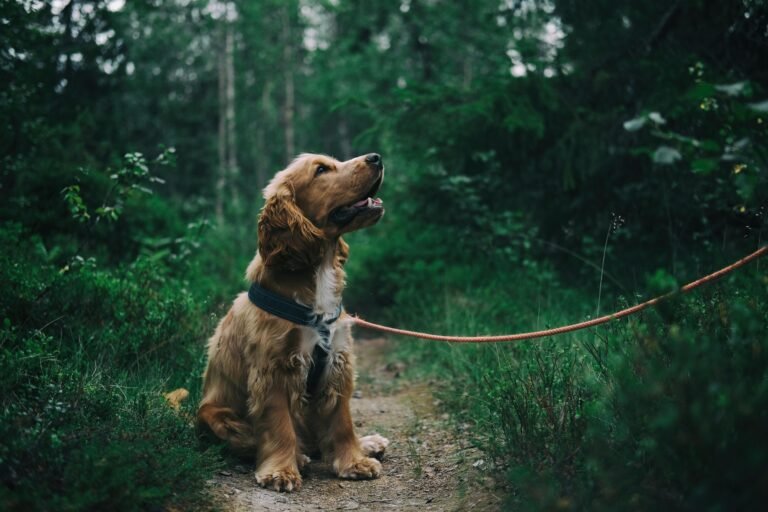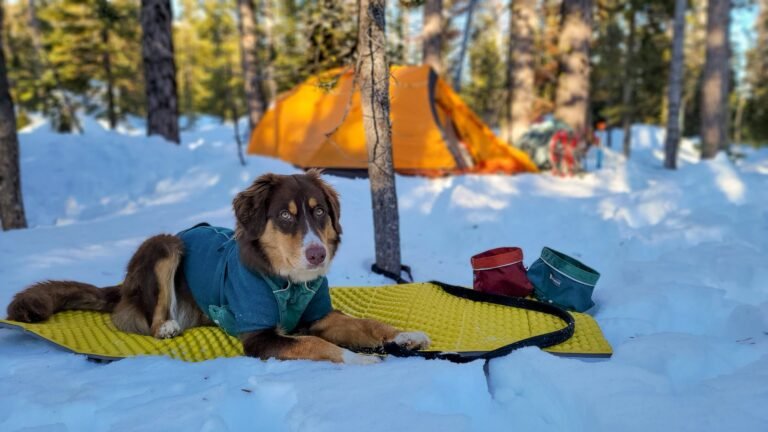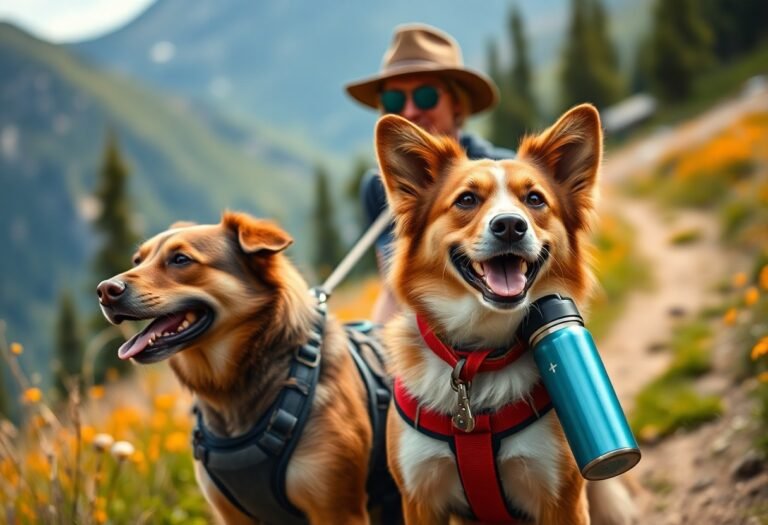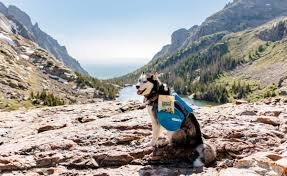You want to ensure your pup stays warm and comfortable during the chilly months, but knowing what gear is imperative can be overwhelming. With a variety of products available, it’s vital to focus on those that provide both protection and practicality. This guide will help you navigate the must-have cold-weather accessories, so your furry friend can enjoy the outdoors while staying snug and safe. Get ready to equip your pup with the right items to make the most of winter together!
Understanding Your Dog’s Needs
As you prepare for the chilly months ahead, it’s crucial to recognize your dog’s unique needs. Each dog is different and understanding their specific requirements will help ensure their comfort and safety during cold weather. Consider factors such as breed, size, age, coat type, and overall health when assessing how your dog may respond to lower temperatures.
Factors Affecting Cold Weather Tolerance
A variety of elements influence how well your dog can handle cold weather. These include:
- Size and weight
- Coat length and thickness
- Health conditions
- Age
- Activity level
Knowing this information will help you make informed decisions about the appropriate gear your dog may need during winter.
Breeds and Their Cold-Weather Adaptability
The adaptability of your dog to cold weather heavily depends on their breed. Some breeds have distinct traits that enable them to thrive in harsh winter conditions, while others may struggle. Generally, breeds with thicker coats, like Huskies and Malamutes, are naturally better suited for colder environments, while smaller or short-haired breeds may require more protection from the cold.
Further, it’s important to consider a breed’s origin when assessing cold-weather adaptability. Dogs that developed in colder climates typically have thicker fur and a body structure designed to conserve heat. On the other hand, breeds that hail from warmer regions may not have the insulation needed to be comfortable outside in frigid conditions. Paying attention to these factors will help you keep your dog safe and warm throughout the winter season.
Essential Clothing and Accessories
Assuming you have a furry friend that needs extra warmth during the colder months, outfitting your pup with the right clothing and accessories is important. These imperatives will help keep your dog comfortable and safe while still enjoying winter adventures. From coats to sweaters, investing in high-quality gear will ensure your pet stays cozy and stylish during chilly weather.
Dog Coats and Jackets
Behind every great winter outing is a well-fitted dog coat or jacket. These pieces provide imperative insulation and protection against icy winds and snow. Look for options that are waterproof and have adjustable features to ensure a snug fit, so your pup can frolic in the snow without getting cold or wet.
Sweaters and Hoodies
One popular choice among pet owners is the stylish comfort of sweaters and hoodies. These cozy garments not only keep your dog warm but also add a seasonal flair to their winter wardrobe. Lightweight and thick options are available, allowing you to choose a style that suits your dog’s needs.
Also, consider the fabric of sweaters and hoodies when selecting the best option for your pup. Fleece and wool are excellent materials for providing warmth, while cotton blends might be better for days that aren’t too chilly. Look for styles with easy pullovers or zippers to ensure a hassle-free dressing experience for both you and your dog.
Protective Gear
If you’re navigating colder temperatures with your pup, investing in protective gear is vital for their well-being. This gear can help shield your dog from harsh weather conditions and potential injuries. Look for items that provide warmth, comfort, and protection, ensuring your furry friend remains safe while enjoying outdoor adventures in winter weather.
Boots for Dogs
Besides providing insulation against the cold, dog boots offer protection from ice, salt, and rough terrain that can irritate or injure their paws. When selecting boots, ensure they fit snugly yet comfortably, allowing for natural movement. This vital gear will keep your dog’s paws healthy and safe during winter walks.
Ear and Tail Protection
On particularly chilly days, your dog’s ears and tail can be vulnerable to frostbite and discomfort. Protecting these sensitive areas with gear designed for warmth can significantly enhance your pup’s comfort level when the temperatures drop.
Another vital aspect of winter protection involves ear and tail gear specifically designed to keep your dog warm. Look for ear covers and tail wraps made with cozy materials to prevent chills and wind exposure. These accessories not only help maintain body heat but also contribute to your pup’s overall happiness when facing cold outdoor adventures. A comfortable dog is a happy dog, so don’t overlook this important protective gear!
Hydration and Nutrition in Cold Weather
Your pup’s hydration and nutrition needs don’t stop when the temperature drops. In fact, cold weather can present unique challenges for your dog, making it crucial to ensure they stay well-hydrated and properly nourished. Adequate hydration helps maintain your dog’s energy levels and overall health while a balanced diet ensures they have the necessary nutrients to thrive during the winter months. Paying attention to these aspects will help keep your furry friend comfortable and happy throughout the colder season.
Importance of Hydration
Hydration is vital for your dog’s well-being, even in frigid temperatures. Cold weather can often reduce your dog’s thirst drive, leading to a potential risk of dehydration. Make a habit of offering fresh water frequently, and consider providing warming options like slightly heated water to entice them to drink. Staying well-hydrated supports your dog’s bodily functions and energy levels, ensuring they can enjoy outdoor winter activities with you.
Adjusting Diet for Winter
Any adjustments to your dog’s diet during the winter should consider their activity level and the environment. You might notice that your pup is more sedentary due to colder temperatures, which can mean a change in caloric needs. Alternatively, active dogs that love playing in the snow may require additional calories to fuel their energy. Evaluating your dog’s specific needs can help you maintain a healthy weight and condition through the winter months.
Winter often demands a shift in your dog’s dietary provisions. You might want to explore options such as higher-calorie food to compensate for the energy expended while playing in the snow. Additionally, consider incorporating warm homemade meals or broths into their diet, which can be both comforting and nutritious. Regularly evaluate your pup’s body condition and adjust their portions accordingly to keep them healthy and active during the winter season.
Identifying Signs of Cold Stress
Now that you’ve equipped your pup with the right gear, it’s vital to monitor for signs of cold stress. Dogs can’t communicate their discomfort as effectively as you might expect, so being vigilant for behavioral changes and physical symptoms will help you ensure your furry friend is safe and comfortable in colder weather.
Behavioral Indicators
One of the first signs your dog may be experiencing cold stress is a change in behavior. You might notice them seeking shelter, showing reluctance to walk or play outside, or exhibiting signs of anxiety, like whining or excessive barking. These changes could indicate that your dog isn’t comfortable in the cold temperatures and needs to be brought inside or provided extra warmth.
Physical Symptoms
Above all, physical symptoms are clear indicators of cold stress in your pup. You should stay alert for shivering, lethargy, or a noticeable drop in body temperature, as these signs can mean your dog is too cold. Additionally, check for signs of frostbite, particularly on their ears and paws, which can appear icy or discolored.
This may manifest as pale skin or a change in the texture of their fur, which can become stiff and cold to the touch. If your dog’s paws seem sensitive or they’re reluctant to walk on cold surfaces, it’s a sign that they need to warm up. A dog that yawns often or appears restless may also be struggling with cold stress, so be proactive in addressing their needs to prevent further discomfort.
Tips for Outdoor Activities
To make the most of outdoor activities with your pup in cold weather, consider the following tips:
- Keep walks shorter during extreme cold.
- Incorporate breaks for hydration and warming up.
- Dress your dog appropriately for the temperature.
- Choose trails that are safe and clear of ice.
The right preparation can enhance your outdoor experiences together.
Short Walks vs. Long Hikes
Tips: When deciding between short walks and long hikes, consider your dog’s breed, age, and tolerance for cold weather. Short walks allow for regular toilet breaks and less exposure to the cold, while longer hikes can strengthen your bond and provide more stimulation. Make sure to choose the option that suits your dog’s comfort level.
Safety Precautions for Cold Weather
Safety: Before heading out, it’s necessary to assess your pup’s ability to handle the cold. Pay attention to signs of distress, such as shivering or reluctance to move. Ensure that your dog’s paw pads are protected, as snow and ice can lead to injury. Additionally, opt for reflective gear to maximize visibility during short daylight hours.
Hikes in winter require extra vigilance. Consult vets about your dog’s health and winter preparedness because temperatures can drop quickly. You should also limit your hikes to well-traveled paths to avoid getting lost in snow-covered areas. Gradually acclimate your dog to longer durations in the cold, and always check paws for ice build-up after hikes. You want your adventures to be enjoyable and safe for both you and your furry friend.
Summing up
With these considerations, you can ensure your pup stays warm and comfortable during cold weather. Prioritize a well-fitting coat, insulated booties, and a protective blanket when venturing outdoors. Always gauge your dog’s breed and coat type to determine their specific needs. By equipping your furry friend with the right cold-weather gear, you can enjoy winter adventures together while keeping them safe and cozy.







